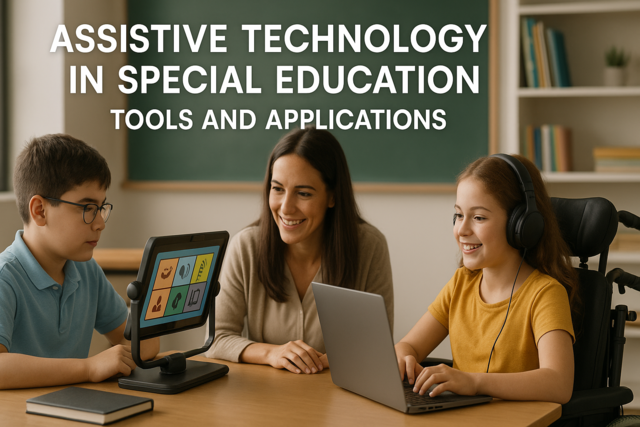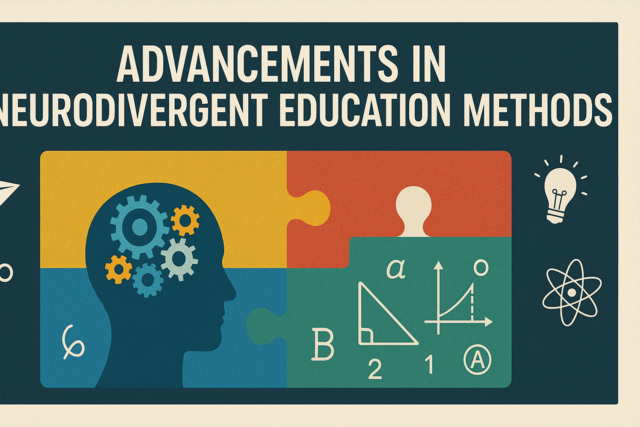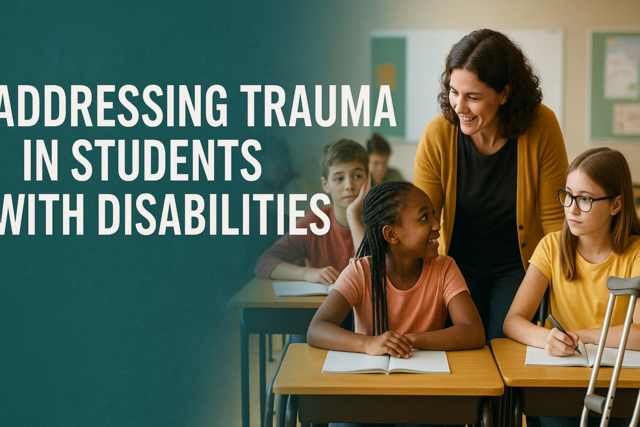Online Class: Addressing Sensory Processing Disorders — Classroom Interventions

no certificate
with CEU Certificate*
-
15Lessons
-
22Exams &
Assignments -
4Hours
average time -
0.4CEUs
Course Description
Imagine a classroom where every child's unique sensory experiences are not just accommodated, but celebrated as the stepping stones to academic and personal success. Welcome to "Addressing Sensory Processing Disorders: Classroom Interventions," the course that transcends traditional educational methodologies, revolutionizing how educators approach sensory diversity. This isn't just another class; it's the cornerstone of an enlightened and empathetic teaching practice, meticulously curated to transform not only the way you teach, but how you connect and inspire every student.
From the moment you step into this immersive educational journey, you're not just a participant; you're a pioneer. A pioneer in crafting environments where students with Sensory Processing Disorders (SPD) thrive, their barriers diminished by the powerful synergy of innovative strategies and heartfelt understanding. This course doesn't merely equip you with knowledge--it kindles a profound shift in perspective, preparing you to mold classrooms into spaces of limitless possibility.
Picture this: a child once overwhelmed by the cacophony of a bustling classroom now sitting calmly in a tailored space, their fears replaced with confidence, their potential unleashed. That transition begins with you, seeing each child's sensory profile not as a hurdle, but as an opportunity for extraordinary growth. Through our carefully designed modules, you'll learn to decode the complexities of sensory integration, to recognize and alleviate the anxiety caused by sensory overload, and transform it into moments of empowerment.
Now, think of the parents. In partnering with families, you'll extend this transformation into homes and communities, establishing trust and collaboration. You won't just be imparting knowledge; you'll be embedding cultural sensitivity and communal harmony, realizing that every child's success is intertwined with the collaboration of their support system.
In this course, you are guided by groundbreaking research delivered in an entirely personalized format--designed with your growth in mind. Learn to harness technology that complements traditional interventions, gaining tools that not only support students but ignite their enthusiasm for learning. Envision classrooms buzzing with productive energy; where students are eager participants, not passive learners, shaping a vibrant educational tapestry.
What makes this course extraordinary is the emphasis on narrative--your narrative. Each lesson here is a chapter in the story of an educator who dared to make a difference. As you integrate these strategies into your practice, you are simultaneously writing a tale of progress and triumph, a testament to the power of targeted, empathetic action in education.
Moreover, you become indispensable--not just to the schools and students you serve but in the broader educational landscape seeking leaders who can navigate the complexities of SPD with expertise and compassion. Organizations are yearning for educators who can implement nuanced, sensory-friendly strategies, and this course is your gateway to becoming that changemaker with distinction and confidence.
Picture yourself at the forefront of a paradigm shift in education, gaining recognition for your mastery in catering to diverse sensory needs and fostering an environment of inclusivity and excellence. You'll continually marvel at the newfound abilities your students develop and the collaborative spirit that your classrooms will evoke. You'll witness firsthand the profound academic and social strides students with SPD make, all propelled by your informed and heartfelt interventions.
Join us in dismantling the barrier of sensory processing challenges. Embark on a journey to not only expand your professional horizons but to cultivate holistic, enduring change in education. "Addressing Sensory Processing Disorders: Classroom Interventions" isn't just a course; it's the key to unlocking a future where educators and students, in harmony, discover that limitations are nothing but myths when empowered with understanding and purpose-driven teaching.
Take this transformative step, and reshape the essence of education through unparalleled expertise, leading with heart, vision, and an unwavering belief in every child's right to thrive.
- Completely Online
- Self-Paced
- 6 Months to Complete
- 24/7 Availability
- Start Anytime
- PC & Mac Compatible
- Android & iOS Friendly
- Accredited CEUs
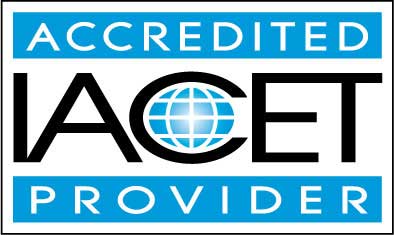
Course Lessons
Lesson 1. Understanding and Supporting Sensory Differences
Embracing individual sensory needs through informed teaching allows educators to create nurturing spaces for students with Sensory Processing Disorders, ultimately bridging the gap between challenges and potential. Continuous learning and adapting to new research and tools ensure interventions are not only evidence-based but also responsive to each student's unique sensory profile.Lesson 2. Navigating Sensory Processing Disorders: Classroom Strategies for Success
Sensory systems such as visual, auditory, tactile, and more play significant roles in how students perceive and interact within educational settings, impacting their learning and behavior. By implementing specific strategies, like using noise-canceling headphones or providing sensory breaks, educators can create supportive learning environments that cater to varied sensory processing needs.Lesson 3. Sensory Challenges and Solutions in the Classroom
SPD can manifest through hypersensitivity to stimuli or the need for heightened sensory input, impacting students' behaviors and interactions. Educators are pivotal in identifying these signs to foster a nurturing, inclusive classroom.Lesson 4. Exploring Sensory Processing Disorders in Education
Crafting sensory-friendly classrooms for students with Sensory Processing Disorders (SPD) involves understanding unique sensory profiles and integrating flexible tools and schedules. By fostering a culture of empathy and shared insights among educators and parents, schools can offer holistic support, enhancing students’ educational journeys.Lesson 5. SPD Strategies: Partnering with Parents
Incorporating cultural sensitivity in educational planning highlights the importance of recognizing and celebrating diversity. Educators who are culturally competent can personalize communication strategies, increasing familial trust and involvement in a child's educational journey.Lesson 6. Understanding Sensory Integration and Its Impact in the Classroom
A vibrant classroom, full of sights and sounds, can be an obstacle course for students with SPD, causing hypersensitivity or the need for excessive sensory input. Adapting classrooms with tools like noise-canceling headphones and flexible seating can make the environment more inclusive and supportive.Lesson 7. Tailoring Classroom Experiences for Sensory Diversity
Accommodating diverse sensory needs in education involves a flexible approach to classroom management, such as altering lighting and providing tactile materials. Teachers equipped with sensory literacy can develop more empathetic and inclusive strategies, transforming classrooms into opportunities for every student to thrive.Lesson 8. Optimizing Classroom Dynamics for Diverse Sensory Patterns
Creating an inclusive and collaborative educational setting transforms challenges related to sensory processing into opportunities for growth. By collaborating with specialists and incorporating evidence-based practices, educators can foster environments where all students can reach their full potential.Lesson 9. Empowering Student Success Through Personalized Sensory Strategies
Occupational therapists employ sensory integration methods to assist students with sensory processing disorders in educational environments. By developing personalized strategies and collaborating with educators, they enhance students' focus and participation, creating inclusive and accommodating classrooms.Lesson 10. Harnessing Technology to Support Sensory Needs in Classrooms
It highlights the diversity of sensory profiles in students and the importance of personalized assistive tools, illustrating how thoughtful, individualized interventions cultivate focus, self-esteem, and academic success.Lesson 11. Sensory De-escalation Techniques
Sensory overload occurs when the brain can't effectively process the deluge of sensory input from sight, sound, smell, touch, taste, and proprioception, particularly impacting children in classrooms. By crafting sensory-friendly spaces with calming colors and tools like noise-canceling headphones, teachers can nurture an environment where all students can thrive.Lesson 12. From Sensory Challenges to Social Triumphs: Strategies for Success
Educators can support children with sensory processing disorders by designing tailored interventions that acknowledge individual sensory needs, enhancing social skills and engagement. Incorporating different sensory inputs and encouraging empathy within the classroom are key components in fostering a welcoming community for all students.Lesson 13. Motor Skills Unleashed: Bridging Physical, Social, and Educational Growth
Gross motor skill development, through activities like obstacle courses and sports, enhances physical coordination and emotional growth, especially vital for children with sensory processing challenges. Recognizing sensory profiles allows for individualized interventions, using equipment to explore physical boundaries in a safe setting.Lesson 14. Supporting Students with Sensory Needs
Collaborative efforts among educators, therapists, and parents are essential in tailoring educational experiences for students with Sensory Processing Disorders, allowing for personalized intervention strategies. Understanding sensory processing challenges enables stakeholders to build supportive and inclusive learning environments that nurture diverse student needs.Lesson 15. Navigating Sensory Processing Disorder in Education
SPD affects up to 15% of children, highlighting a critical need for inclusive teaching methods that account for diverse sensory experiences. Educators and therapists can enhance learning by customizing sensory diets, optimizing classroom settings, and fostering self-regulation skills.
Learning Outcomes
- Define sensory processing and its impact on individuals with Sensory Processing Disorders using real-world educational examples.
- Identify and categorize the three types of Sensory Processing Disorders (Sensory Modulation Disorder, Sensory-Based Motor Disorder, Sensory Discrimination Disorder) and describe their characteristics and implications in a classroom setting.
- Demonstrate an understanding of various sensory systems and identify specific strategies to support students with sensory processing disorders, enhancing their classroom engagement and focus.
- Describe how to implement classroom interventions that accommodate students with sensory processing disorders by modifying visual, auditory, and tactile stimuli for improved learning outcomes.
- Differentiate between sensory hypersensitivity and hyposensitivity to tailor classroom interventions for students with SPD.
- Recognize common signs and symptoms of Sensory Processing Disorder (SPD) to accommodate students' learning needs.
- Demonstrate effective strategies to create sensory-friendly classroom environments, incorporating sensory tools and adaptive learning spaces.
- Recognize and describe the sensory needs of students with Sensory Processing Disorders (SPD) through observation and sensory assessments.
- Demonstrate effective communication strategies, including empathy and active listening, to collaborate with parents and support students with SPD.
- Recognize the emotional journey of parents and caregivers navigating SPD to build a nurturing foundation of trust in classroom settings.
- Demonstrate how to implement sensory-friendly accommodations and strategies, such as sensory integration therapy and flexible seating, to support students with Sensory Processing Disorders.
- Define Sensory Processing Disorders and describe their impact on student behavior and learning abilities in a classroom setting.
- Recognize and describe the behavioral indicators of Sensory Processing Disorders (SPD) in a classroom setting by observing student reactions to sensory stimuli.
- Demonstrate mastery of lesson content at levels of 70% or higher.
Additional Course Information

- Document Your Lifelong Learning Achievements
- Earn an Official Certificate Documenting Course Hours and CEUs
- Verify Your Certificate with a Unique Serial Number Online
- View and Share Your Certificate Online or Download/Print as PDF
- Display Your Certificate on Your Resume and Promote Your Achievements Using Social Media

Choose Your Subscription Plan
No Certificate / No CEUs
This course only
| Includes certificate | X |
| Includes CEUs | X |
| Self-paced |

|
| Instructor support |

|
| Time to complete | 6 months |
| No. of courses | 1 course |
Certificate & CEUs
This course only
| Includes certificate |

|
| Includes CEUs |

|
| Self-paced |

|
| Instructor support |

|
| Time to complete | 6 months |
| No. of courses | 1 course |
Certificates & CEUs
Includes all 600+ courses
| Includes certificate |

|
| Includes CEUs |

|
| Self-paced |

|
| Instructor support |

|
| Time to complete | 12 Months |
| No. of courses | 600+ |
Certificates & CEUs
Includes all 600+ courses
| Includes certificate |

|
| Includes CEUs |

|
| Self-paced |

|
| Instructor support |

|
| Time to complete | 24 Months |
| No. of courses | 600+ |
Related Courses
-
 6 hours
0.6 CEUs
Numerology and Life Path Analysis
+ More Info
6 hours
0.6 CEUs
Numerology and Life Path Analysis
+ More Info
-
 6 hours
0.6 CEUs
Healing from Narcissism: Paths to Recovery and Healthy Dynamics
+ More Info
6 hours
0.6 CEUs
Healing from Narcissism: Paths to Recovery and Healthy Dynamics
+ More Info
-
 5 hours
0.5 CEUs
Metaphysical Realms: A Journey Beyond
+ More Info
5 hours
0.5 CEUs
Metaphysical Realms: A Journey Beyond
+ More Info
-
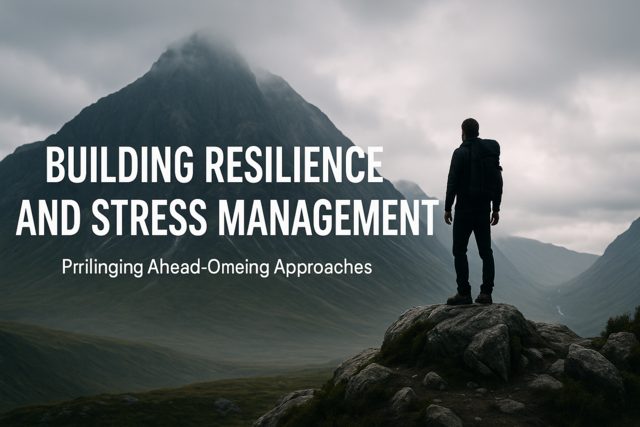 5 hours
0.5 CEUs
Building Resilience and Stress Management
+ More Info
5 hours
0.5 CEUs
Building Resilience and Stress Management
+ More Info
-
 3 hours
0.3 CEUs
Mindfulness and Well-Being at Work
+ More Info
3 hours
0.3 CEUs
Mindfulness and Well-Being at Work
+ More Info
-
 5 hours
0.5 CEUs
Understanding and Reducing Bias
+ More Info
5 hours
0.5 CEUs
Understanding and Reducing Bias
+ More Info
-
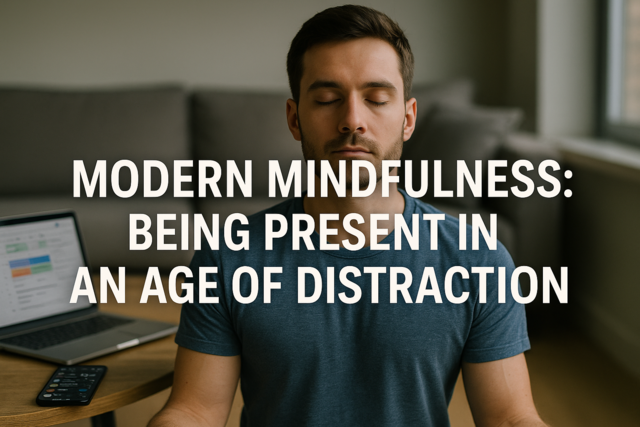 7 hours
0.7 CEUs
Modern Mindfulness: Being Present in an Age of Distraction
+ More Info
7 hours
0.7 CEUs
Modern Mindfulness: Being Present in an Age of Distraction
+ More Info
-
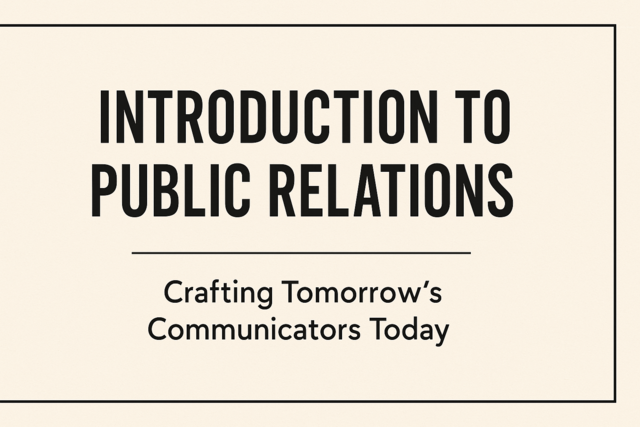 3 hours
0.3 CEUs
Introduction to Public Relations
+ More Info
3 hours
0.3 CEUs
Introduction to Public Relations
+ More Info
-
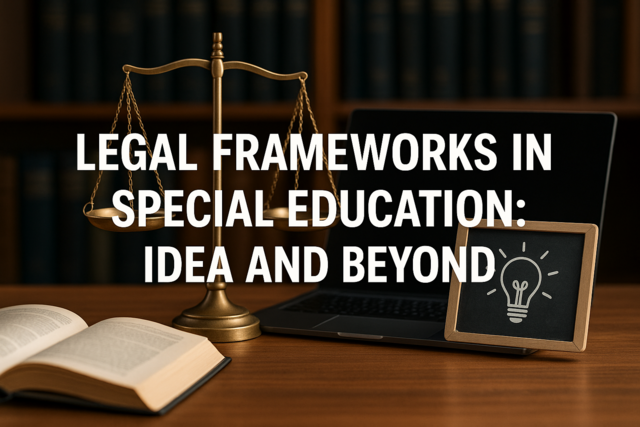 7 hours
0.7 CEUs
Legal Frameworks in Special Education: IDEA and Beyond
+ More Info
7 hours
0.7 CEUs
Legal Frameworks in Special Education: IDEA and Beyond
+ More Info
-
 3 hours
0.3 CEUs
The Science of Happiness in Family Life
+ More Info
3 hours
0.3 CEUs
The Science of Happiness in Family Life
+ More Info
-
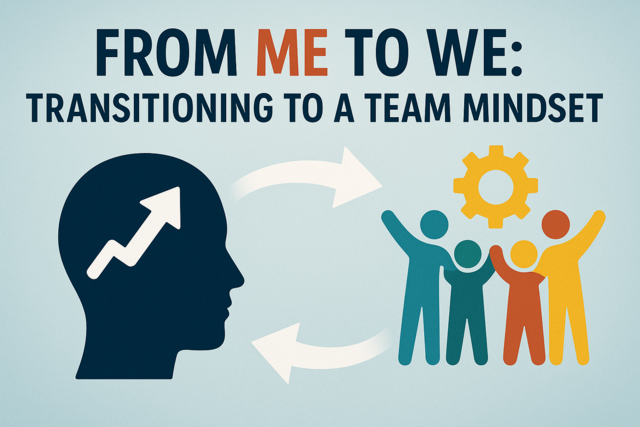 3 hours
0.3 CEUs
From Me to We: Transitioning to a Team Mindset
+ More Info
3 hours
0.3 CEUs
From Me to We: Transitioning to a Team Mindset
+ More Info
-
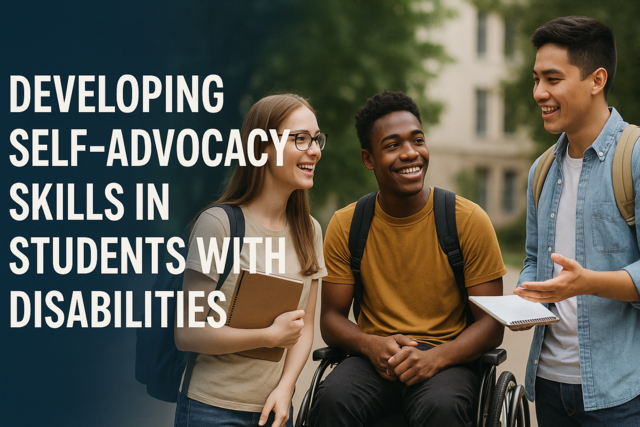 4 hours
0.4 CEUs
Developing Self-Advocacy Skills in Students with Disabilities
+ More Info
4 hours
0.4 CEUs
Developing Self-Advocacy Skills in Students with Disabilities
+ More Info
-
 5 hours
0.5 CEUs
The Relationship Reset: Rewriting Your Story Together
+ More Info
5 hours
0.5 CEUs
The Relationship Reset: Rewriting Your Story Together
+ More Info
-
 7 hours
0.7 CEUs
Digital Friendships: Navigating Virtual Connections
+ More Info
7 hours
0.7 CEUs
Digital Friendships: Navigating Virtual Connections
+ More Info
-
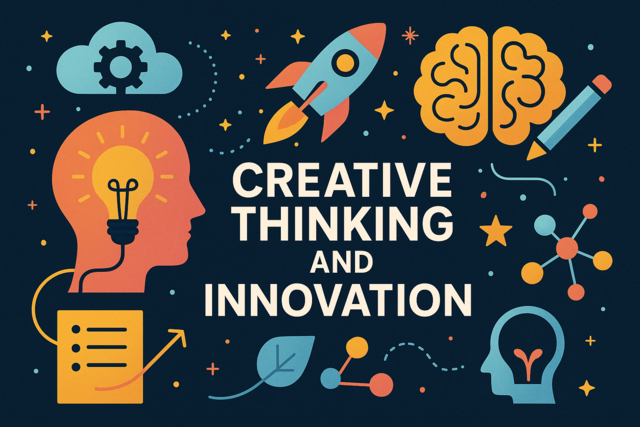 4 hours
0.4 CEUs
Creative Thinking and Innovation
+ More Info
4 hours
0.4 CEUs
Creative Thinking and Innovation
+ More Info
-
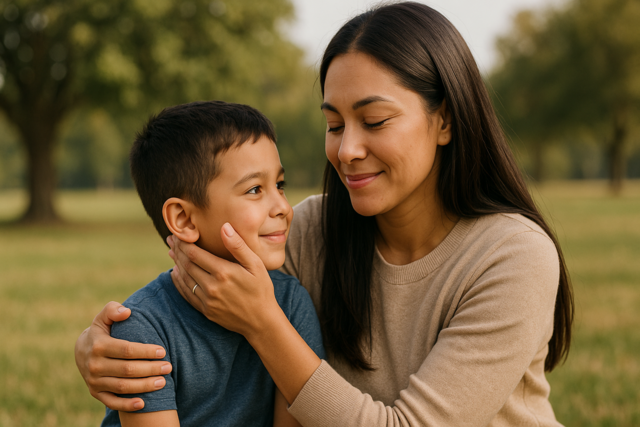 4 hours
0.4 CEUs
Raising Emotionally Intelligent Children: A Guide for Parents
+ More Info
4 hours
0.4 CEUs
Raising Emotionally Intelligent Children: A Guide for Parents
+ More Info
-
 3 hours
0.3 CEUs
Dapper & Distinguished: Men's Fashion Essentials
+ More Info
3 hours
0.3 CEUs
Dapper & Distinguished: Men's Fashion Essentials
+ More Info
-
 4 hours
0.4 CEUs
Esoteric Traditions and Ancient Wisdom
+ More Info
4 hours
0.4 CEUs
Esoteric Traditions and Ancient Wisdom
+ More Info
-
 4 hours
0.4 CEUs
Embracing Change: Adapting Family Roles Over Time
+ More Info
4 hours
0.4 CEUs
Embracing Change: Adapting Family Roles Over Time
+ More Info
-
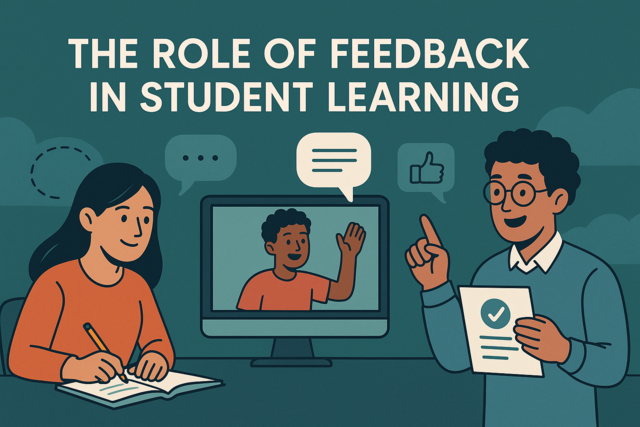 4 hours
0.4 CEUs
The Role of Feedback in Student Learning
+ More Info
4 hours
0.4 CEUs
The Role of Feedback in Student Learning
+ More Info
-
 7 hours
0.7 CEUs
Trauma Typologies: Exploring Varieties of Psychological Wounds
+ More Info
7 hours
0.7 CEUs
Trauma Typologies: Exploring Varieties of Psychological Wounds
+ More Info
-
 6 hours
0.6 CEUs
Mysterious Forces in the Cosmos
+ More Info
6 hours
0.6 CEUs
Mysterious Forces in the Cosmos
+ More Info
-
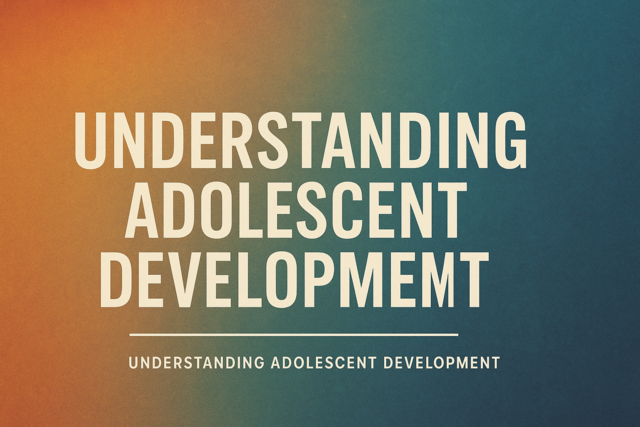 7 hours
0.7 CEUs
Understanding Adolescent Development
+ More Info
7 hours
0.7 CEUs
Understanding Adolescent Development
+ More Info
-
 4 hours
0.4 CEUs
Career Development and Planning
+ More Info
4 hours
0.4 CEUs
Career Development and Planning
+ More Info
-
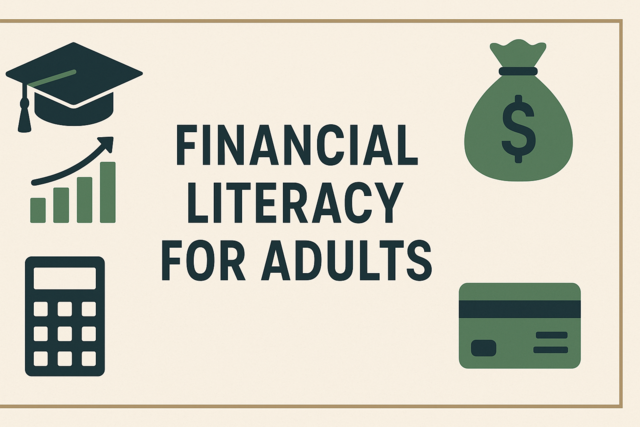 3 hours
0.3 CEUs
Financial Literacy for Adults
+ More Info
3 hours
0.3 CEUs
Financial Literacy for Adults
+ More Info
-
 6 hours
0.6 CEUs
The Influence Index: How Environment Shapes Relationships
+ More Info
6 hours
0.6 CEUs
The Influence Index: How Environment Shapes Relationships
+ More Info
-
 7 hours
0.7 CEUs
Introduction to Cryptocurrency and Blockchain
+ More Info
7 hours
0.7 CEUs
Introduction to Cryptocurrency and Blockchain
+ More Info
-
 7 hours
0.7 CEUs
Emotional Detox: Clearing Pathways to Better Relationships
+ More Info
7 hours
0.7 CEUs
Emotional Detox: Clearing Pathways to Better Relationships
+ More Info
-
 5 hours
0.5 CEUs
The Path to Healing: Integrated Approaches to Trauma Recovery
+ More Info
5 hours
0.5 CEUs
The Path to Healing: Integrated Approaches to Trauma Recovery
+ More Info
-
 6 hours
0.6 CEUs
Embracing Digital Transformation
+ More Info
6 hours
0.6 CEUs
Embracing Digital Transformation
+ More Info
-
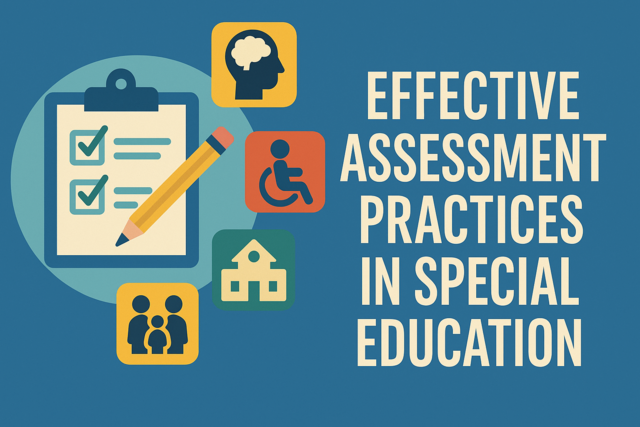 3 hours
0.3 CEUs
Effective Assessment Practices in Special Education
+ More Info
3 hours
0.3 CEUs
Effective Assessment Practices in Special Education
+ More Info
-
 3 hours
0.3 CEUs
Beyond the Veil: Mysteries of Life After Death
+ More Info
3 hours
0.3 CEUs
Beyond the Veil: Mysteries of Life After Death
+ More Info
-
 3 hours
0.3 CEUs
Family Dynamics Decoded: Understanding & Improving Interactions
+ More Info
3 hours
0.3 CEUs
Family Dynamics Decoded: Understanding & Improving Interactions
+ More Info
-
 4 hours
0.4 CEUs
Understanding Artificial Intelligence
+ More Info
4 hours
0.4 CEUs
Understanding Artificial Intelligence
+ More Info
-
 7 hours
0.7 CEUs
Negotiation Strategies for Success
+ More Info
7 hours
0.7 CEUs
Negotiation Strategies for Success
+ More Info
-
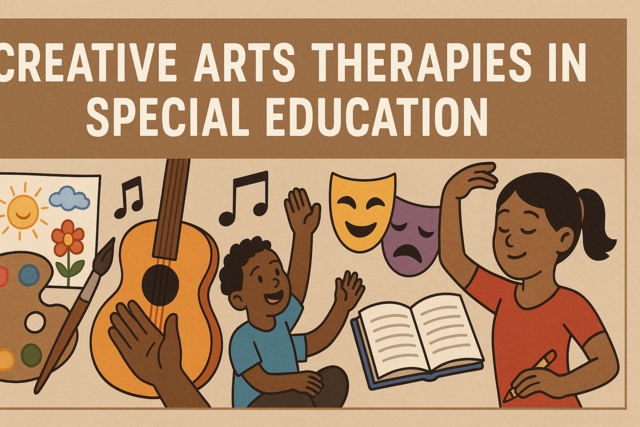 3 hours
0.3 CEUs
Creative Arts Therapies in Special Education
+ More Info
3 hours
0.3 CEUs
Creative Arts Therapies in Special Education
+ More Info
-
 7 hours
0.7 CEUs
Developing and Maintaining Healthy Habits
+ More Info
7 hours
0.7 CEUs
Developing and Maintaining Healthy Habits
+ More Info
-
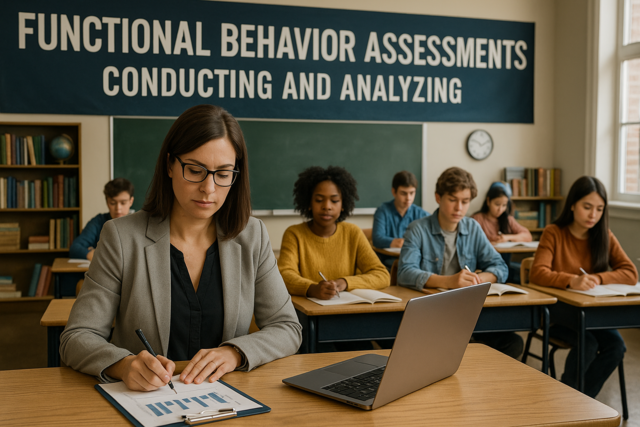 3 hours
0.3 CEUs
Functional Behavior Assessments: Conducting and Analyzing
+ More Info
3 hours
0.3 CEUs
Functional Behavior Assessments: Conducting and Analyzing
+ More Info
-
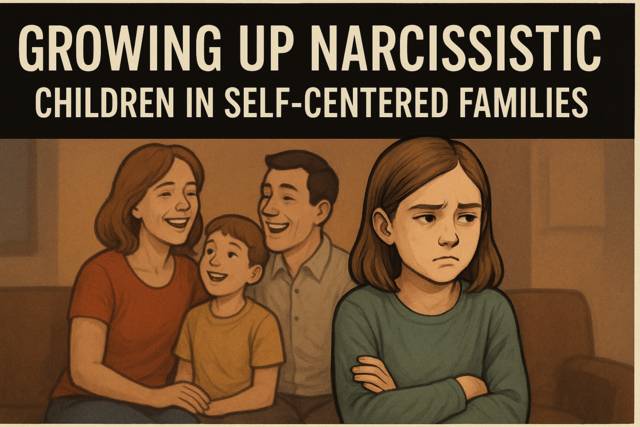 3 hours
0.3 CEUs
Growing Up Narcissistic: Children in Self-Centered Families
+ More Info
3 hours
0.3 CEUs
Growing Up Narcissistic: Children in Self-Centered Families
+ More Info
-
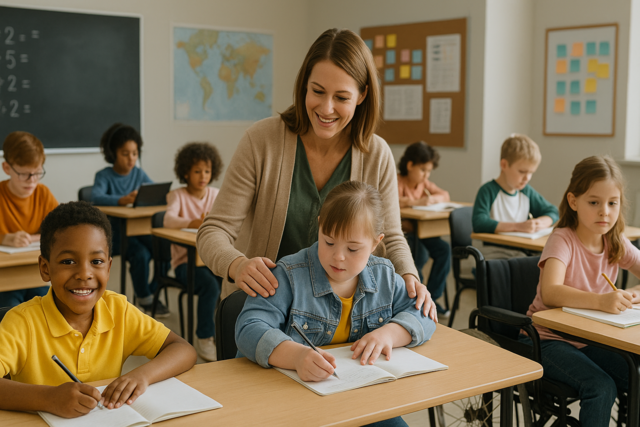 6 hours
0.6 CEUs
Supporting Students with Special Needs
+ More Info
6 hours
0.6 CEUs
Supporting Students with Special Needs
+ More Info


